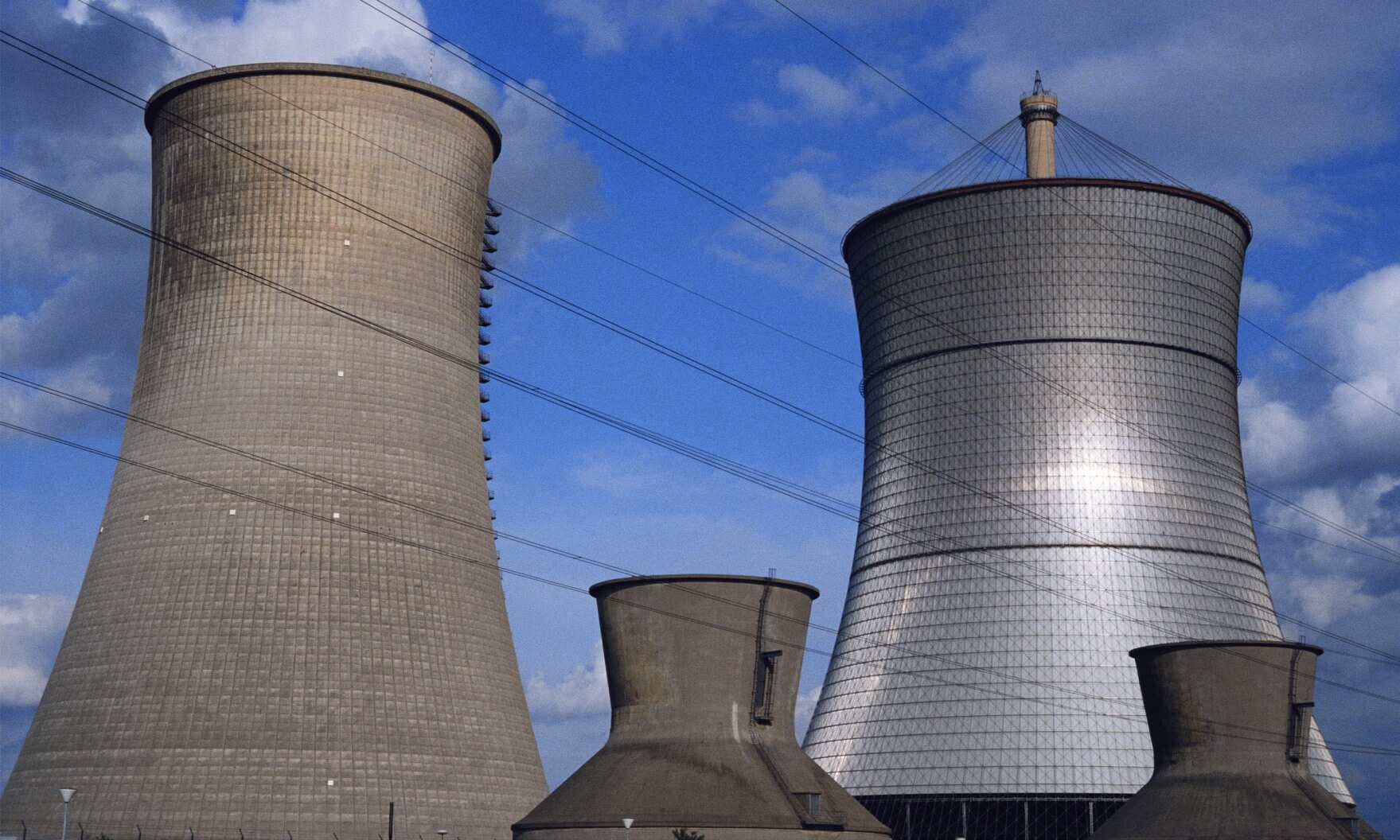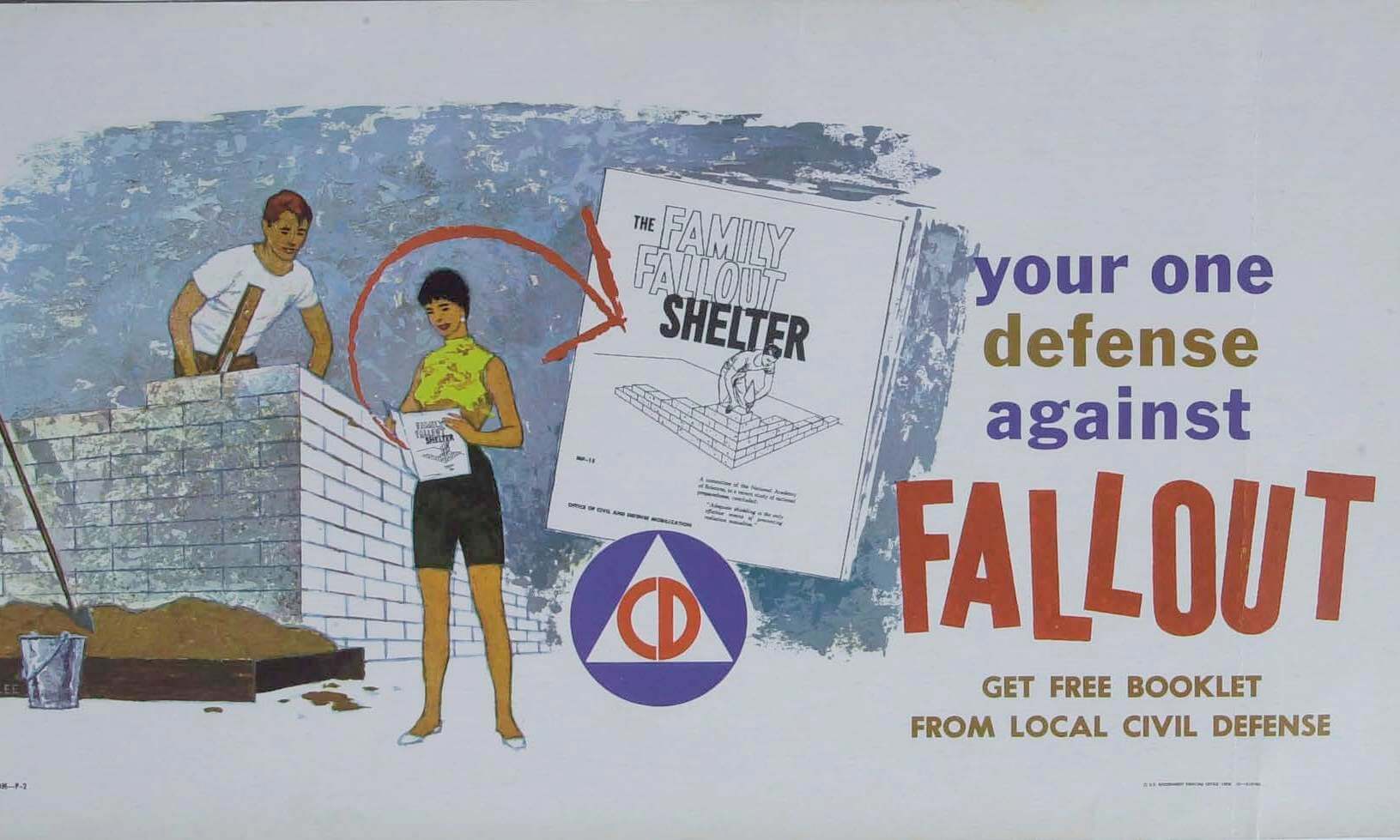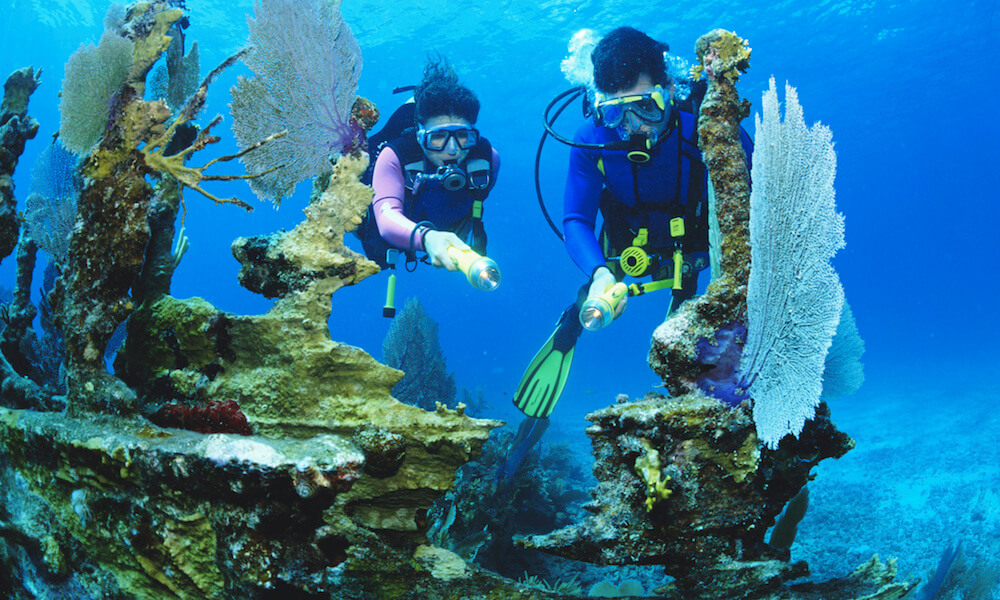People with disabilities create content on YouTube to show and normalize their life experiences.


People with disabilities create content on YouTube to show and normalize their life experiences.

Looking for an outlet to be heard, people have increasingly gone to Yelp to offer satirical and straight-forward critiques of business owners who have made political statements.

Because most gang violence can be attributed to retaliation, the city of San Diego has implemented a program in which former gang members intervene with victims and persuade them not to seek revenge.

Social media is a great way to keep up with your family and friends. But a new study shows that it is also a way for you to learn about social causes. Read this article to find out more.

Nuclear meltdowns are very rare but dangerous. Read about how nuclear reactors work and what causes a meltdown.

In a rapidly-changing digital world, traditional cultural institutions like symphonies and museums are struggling to remain relevant. Find out how some are trying to keep up.

For teens thinking about forging their own career paths, the technology sector can be both alluring and intimidating. At a recent conference in California, tech professionals and teens met to discuss some of the truths and misconceptions surrounding today’s tech careers.

Using modern-day technologies, a team of historians and mapmakers put together a new, interactive view of the Battle of Gettysburg. Explore the maps to get a better idea of what happened.

Watch a video of, and read about, the historic landing of the first ever robotic spacecraft on a comet.

Dr. Gary Greenberg uses high-quality microscopes to magnify and photograph grains of sand from beaches all over the world. Read this brief article to learn more. Make sure to click the link to view his spectacular images.

The Internet of Things is a movement to make the objects around us, from umbrellas to traffic lights, internet capable. Learn about the technology that already exists and what the future holds.

Listen to the radio piece to learn about “slacktivism,” or supporting a cause simply by “liking” it on social media, and how experts suggest turning it into real activism.

Robotics may seem to owe little to nature and everything to technology. But engineers have used the actions of social insects to guide the movements of robots that are not directly controlled by humans. Read this article to discover what robots can learn from ants.

“One sometimes finds what one is not looking for,” said Alexander Fleming, whose chance observation of a contaminated experiment led to the the world’s first antibiotic. This Smithsonian article discusses inventions and discoveries that centered on a flash of insight in a mind prepared to see what it wasn’t looking for.

Half a century ago, fallout shelters were everywhere. One of these well-stocked little bunkers, meant to protect people from the fallout of an atomic bomb, is now part of history.

In this article, Erik Brynjolfsson and Andrew McAfee discuss the second machine age, in which artificial intelligence and the ability of most people to access online resources will come together to create new innovations.

Can you imagine a world where humans aren’t reliant on fossil fuels? Such a thing may seem impossible, but Christiana Figueres believes this ambitious goal is not only possible, but within reach.

The aquanauts at the Florida International University Aquarius research laboratory, an underwater lab, are working to save the world’s oceans. Watch a video about the importance of their work.

This article outlines both the risky and the thoughtful genetic research currently happening outside federal regulations.

Teenagers who have already achieved success in the business world share their future goals and the best advice they’ve ever received.